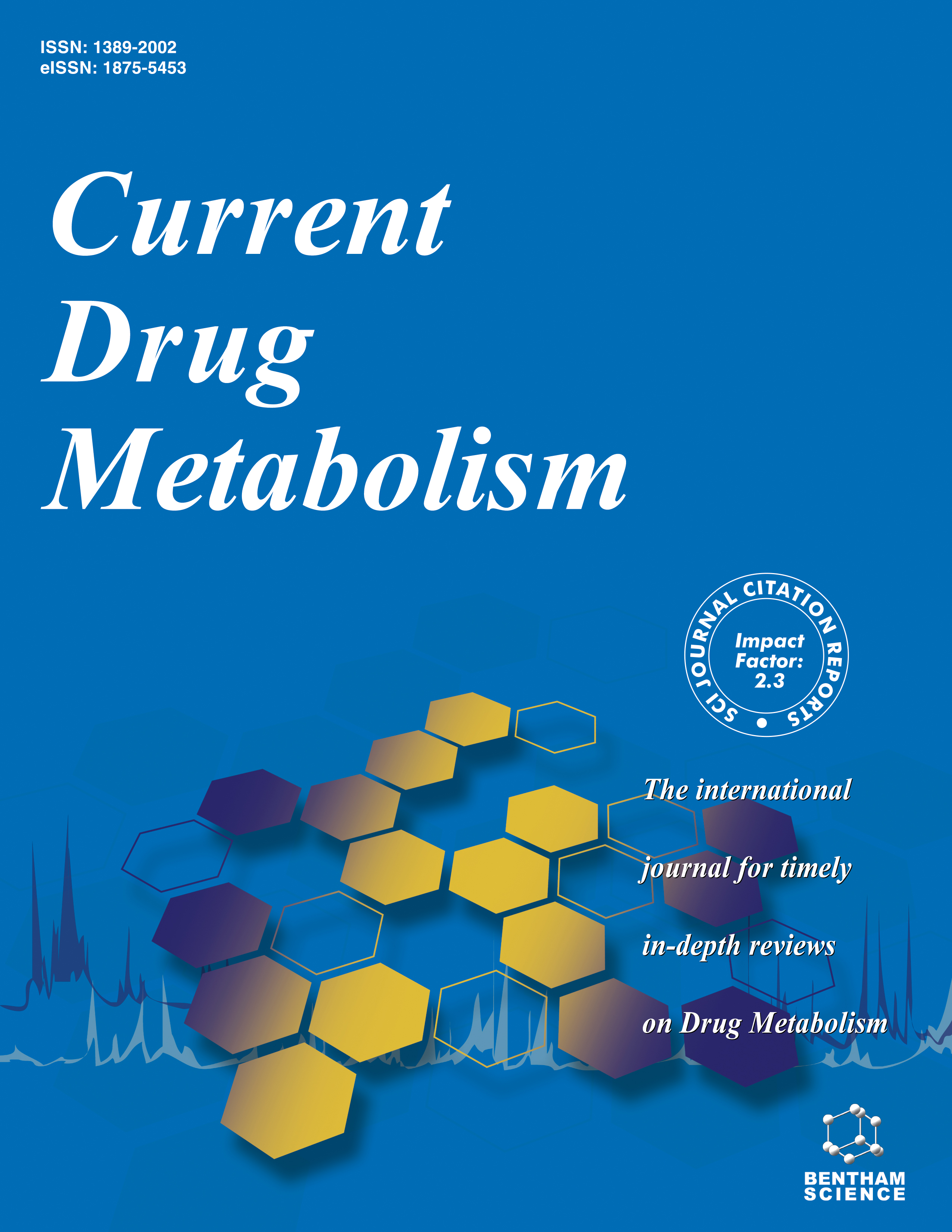
Full text loading...
We use cookies to track usage and preferences.I Understand
Gene silencing is the characteristic that inhibits gene expression afforded by siRNA interference. The efficacy of the delivery system in terms of precision, efficacy, and stability can be enhanced by gene-based drug delivery options. The delivery challenges and their associated side effects create a challenge for the delivery of gene-based drug delivery carriers. Nano-based delivery systems were reported to improve the efficacy of therapy. The absence of an efficient delivery mechanism that shields siRNA from nuclease degradation delivers it to cancer cells, and releases it into the cytoplasm of specific cancer cells without causing side effects is currently the greatest obstacle to the practical implementation of siRNA therapy. This article focuses on general aspects of siRNA and various siRNA nanocarrier-based formulations. In the near future, we will move towards the siRNA-based drug delivery approach.

Article metrics loading...

Full text loading...
References


Data & Media loading...

